How to Walk a Dog Correctly
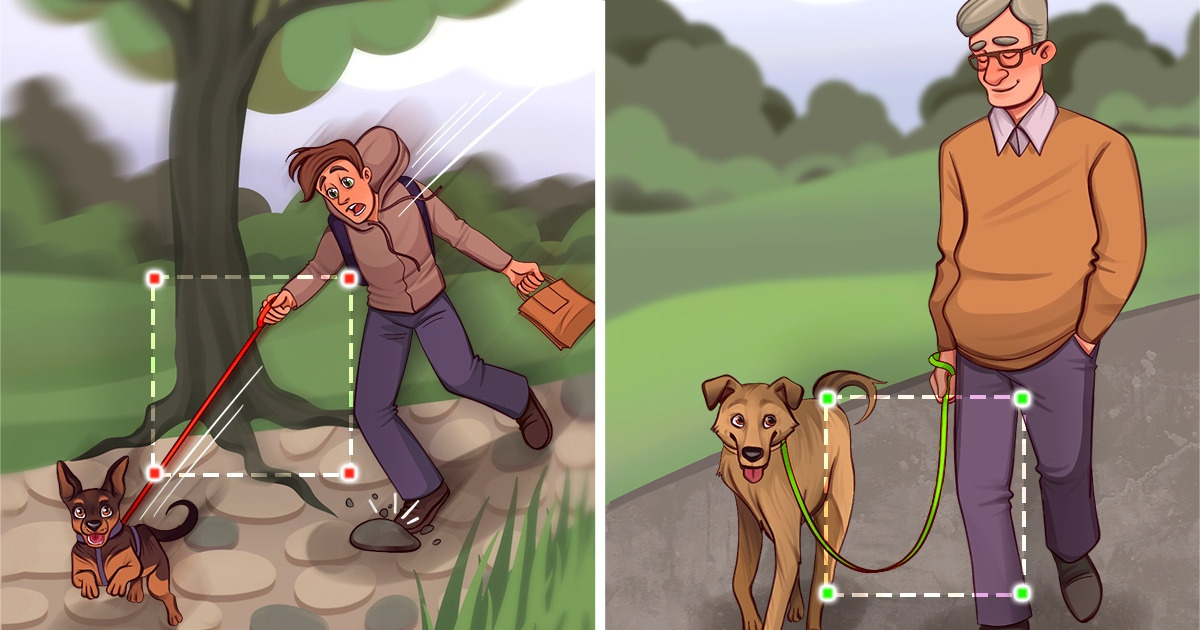
It seems that nothing can go wrong during a regular walk with a dog. However, professional dog walkers know that an owner’s incorrect behavior can not only ruin their relationship with their neighbors but it can also seriously harm your pet.
5-Minute Crafts put together a few recommendations about how a dog should be walked.
Try to walk your dog at the same time every day.
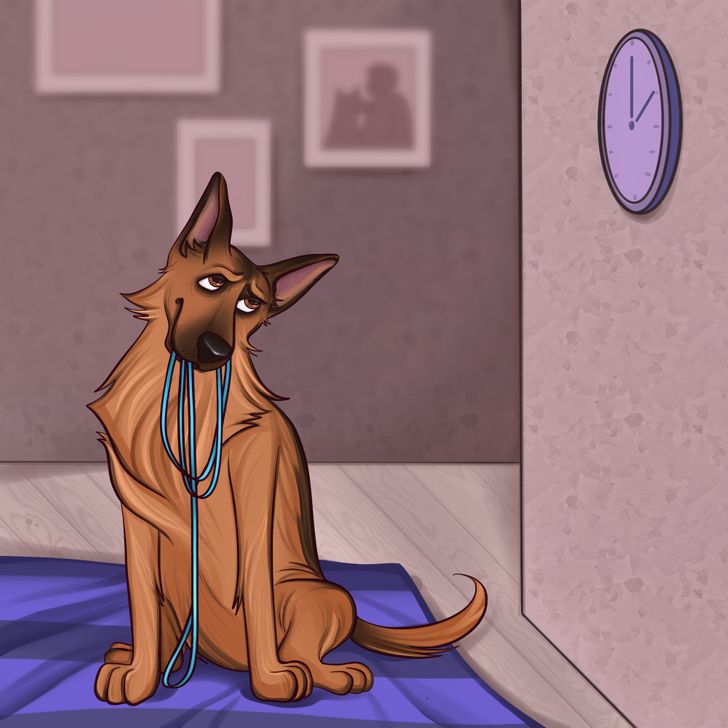
It’s recommended to walk an adult dog at least twice a day — in the morning and in the evening. The temperature at this time is usually pretty comfortable (especially in the summer) and there are not very many people on the street. In general, the answer to the question, “How often should you walk your dog?” depends on factors like age, activity level, health condition, and breed. Young, energetic dogs need frequent walks, while older dogs with health problems can do just fine with less time walking. However, you will have to walk a puppy much more often before it gets used to the schedule. Elderly dogs may also need extra walking.
The length and intensity of the walk also depends on the breed and the physical shape of your pet. Hunting dogs, guard dogs, and herding dogs need more physical activity to feel good than small decorative breeds.
Bad weather can shorten walking times but should not completely cancel the walk: the dog should have suitable clothing that doesn’t restrict its movements and special shoes in case of severe frost. Bear in mind that if the dog hasn’t worn shoes before, it’s better to gradually train them to do so. For example, you can put shoes on your dog to wear for about an hour every day over the course of a week. Don’t leave your dog in shoes, unattended, or put shoes on wet or injured paws. Also, don’t let shoes stay on the dog’s paws for more than 5 hours, otherwise, the heat can cause discomfort and irritation.
Put a leash on your pet while they’re still at home.
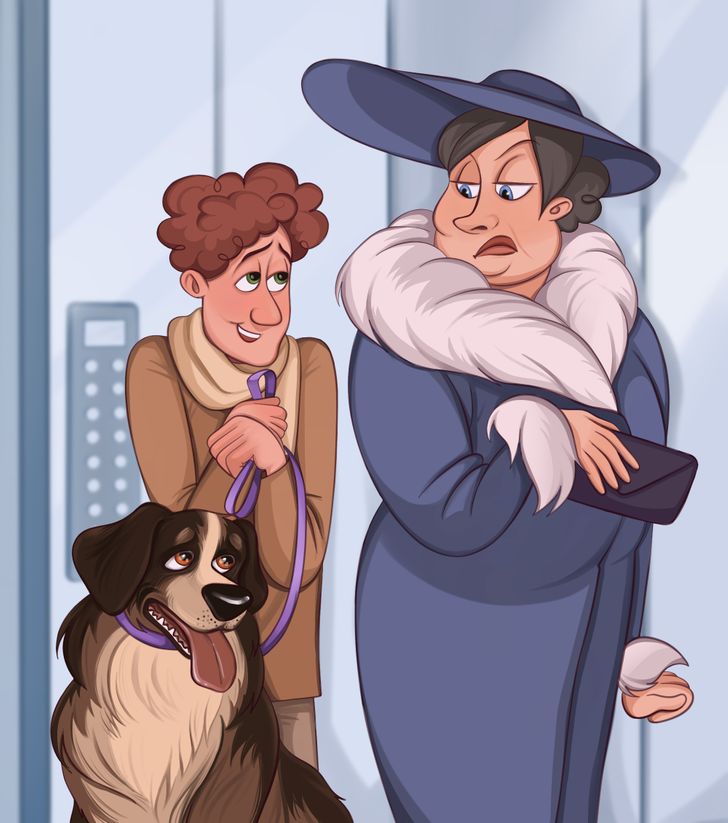
Prepare for a walk in advance and in a calm atmosphere because your pet may get distracted with something on the staircase or in the elevator. Besides, many people feel uncomfortable seeing a dog without a leash, no matter how small it is.
Buy a comfortable harness and pay attention to the material. Some experts strongly recommend not using a collar.
Always have a sufficient supply of poo bags in your pocket.
Plan ahead for where you’ll go and what you’ll be doing.
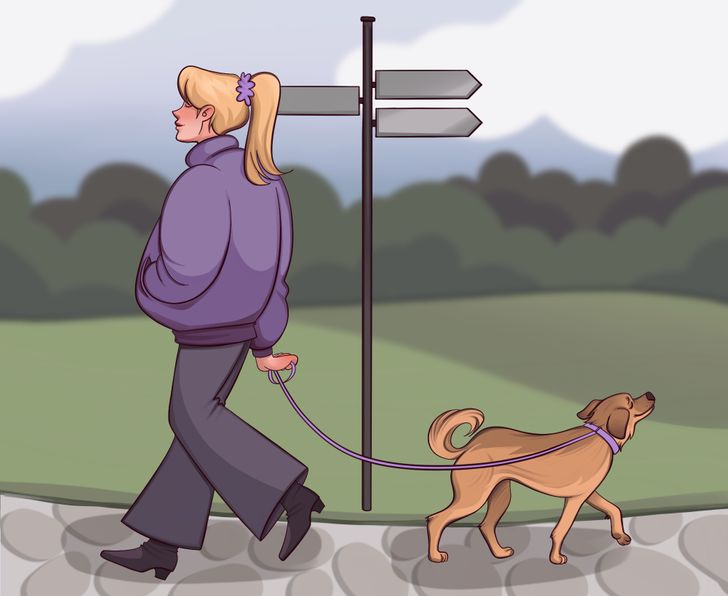
Plan a few options for your route. If you are going to train your dog, follow the usual path so that the pet doesn’t get distracted by new scents and unfamiliar surroundings. If you are just walking, explore new territories. Let your dog get used to noisy and crowded places gradually, but always stay away from playgrounds for children and athletic fields.
Always enter and leave your house first so that the dog understands who is the leader of your small pack. Walk the dog beside or behind you and, if possible, mainly on the grass, and not on the pavement which is hot in summer and sprinkled with reagents in winter.
If the dog pulls on the leash, stop and stand still until it sags. Continue walking as long as the leash is weakened. If the dog starts pulling, stop again. This will probably not happen immediately, but eventually your pet will understand your actions and will stop dragging you.
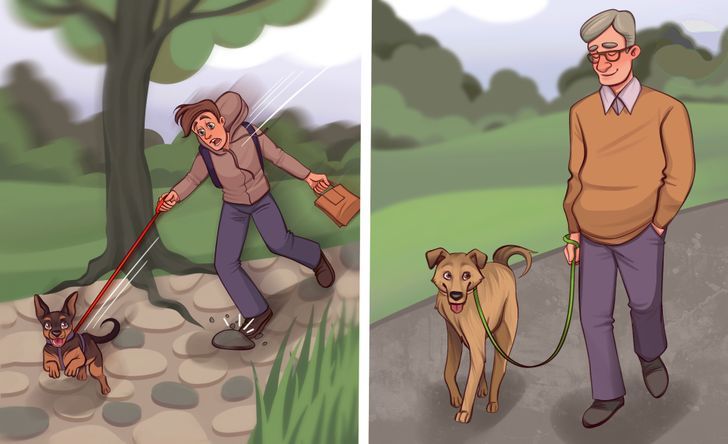
Let your dog run free in the park only if you are absolutely sure that your dog is well-trained and will respond to its name and return to you as soon as you call it without paying attention to external stimuli.
Don’t let your dog scavenge.
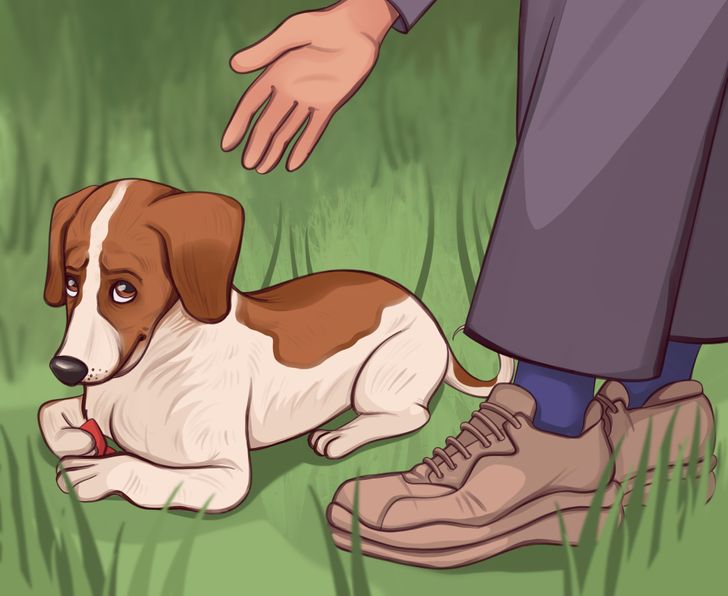
Don’t get distracted with your phone while walking: your pet should always be supervised. You never know what it can find along the way and eat.
If this happens, try to take away the dog’s “find” as soon as possible.
Observe dog etiquette.
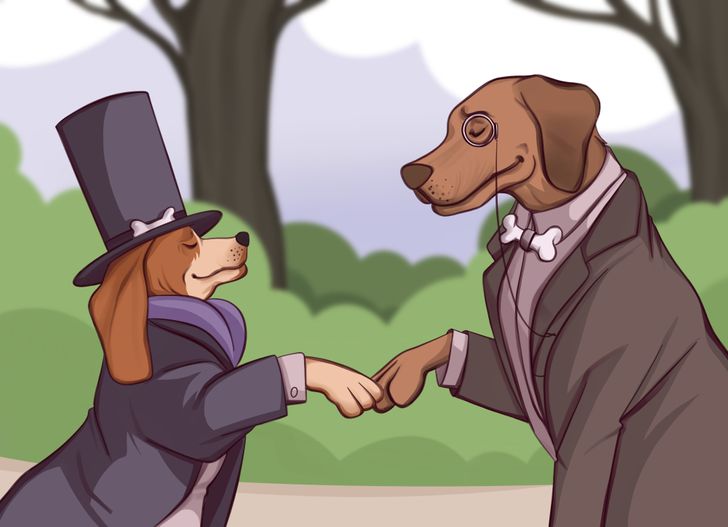
Don’t neglect communication with other dogs, but you have to watch what mood someone else’s pet is in and whether its owner is not against you approaching their dog. If that dog is tense — lowers its head and stares — put yourself in between and walk away. If the dog seems friendly, approach slowly, sideways, and in an arc — just as dogs do themselves. Leave enough space for all greeting rituals.
If something goes wrong, immediately take your 4-legged friend away, and console it to make sure that they don’t associate dogs, in general, with something negative.
Always wash its paws.
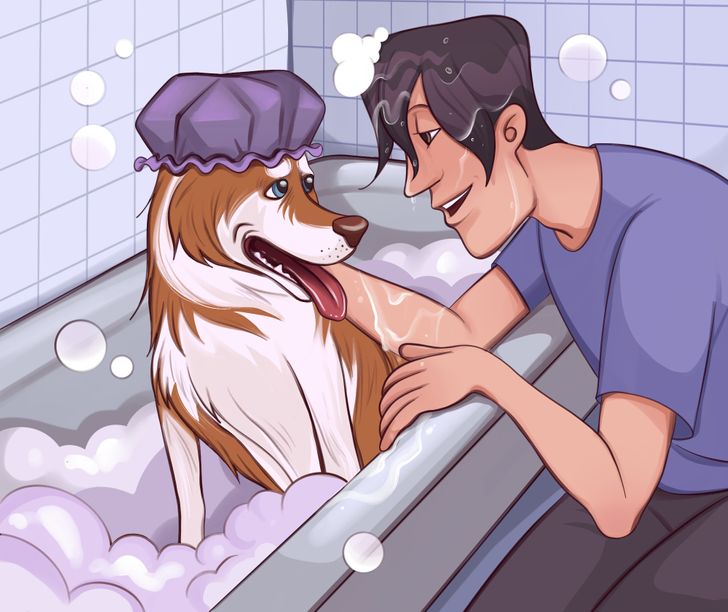
Wash your dog’s paws even when it’s dry and clean outside. There may be unseen micro-cuts on the paws that should be disinfected.
Be sure to feed your dog after their walk.
Make sure you have everything necessary to handle the dog you choose.
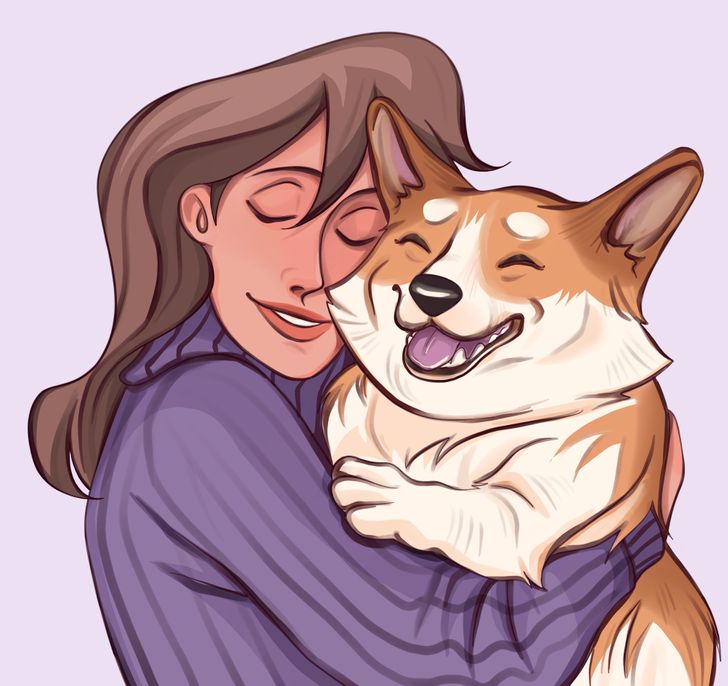
When choosing a dog breed, make sure you’re prepared to change your habits and lifestyle, and take care of your pet properly, because, as you know, we are responsible for those we have tamed.